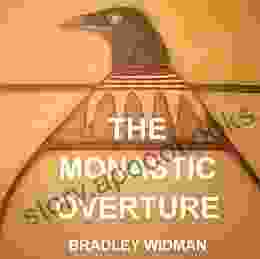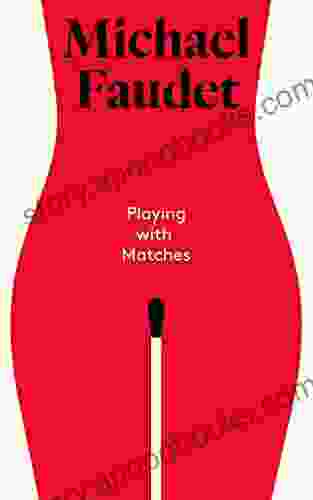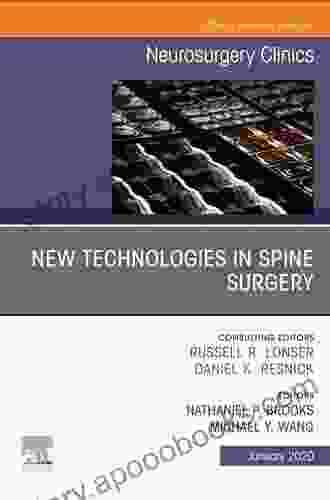The Monastic Overture: A Journey into the Sacred Music of the Middle Ages

The Middle Ages were a time of great religious fervor, and music played an important role in the lives of monks and nuns. Monastic musicians developed a rich and complex repertoire of sacred music, which has been preserved in manuscripts and passed down through the centuries.
5 out of 5
| Language | : | English |
| File size | : | 4174 KB |
| Text-to-Speech | : | Enabled |
| Screen Reader | : | Supported |
| Enhanced typesetting | : | Enabled |
| Print length | : | 254 pages |
| Lending | : | Enabled |
The Monastic Overture is a comprehensive guide to this fascinating music. Author Dr. Sarah Jane Scott examines the origins and development of monastic music, from its roots in Gregorian chant to the rise of polyphony. She explores the role of music in monastic life, the different types of sacred music that were composed, and the ways in which music was used to express religious beliefs and emotions.
This book is essential reading for anyone interested in the history of music, medieval culture, or the role of religion in society. It is also a valuable resource for musicians who want to learn more about the origins of Western music.
Origins and Development of Monastic Music
The origins of monastic music can be traced back to the early days of Christianity. The first Christians sang hymns and psalms as a way to express their faith and devotion. Over time, these simple melodies evolved into more complex and sophisticated compositions.
In the 6th century, Pope Gregory I the Great standardized the liturgy of the Roman Catholic Church. This standardization led to the development of a new type of chant, known as Gregorian chant. Gregorian chant is a monophonic (single-voiced) chant that is sung in Latin. It is characterized by its simple melodies, its use of melismas (long, ornamented notes),and its lack of rhythmic variation.
Gregorian chant became the standard music of the Catholic Church for centuries. It was sung in monasteries and cathedrals throughout Europe. However, in the 9th century, a new type of music began to emerge: polyphony. Polyphony is music that is composed of two or more independent melodic lines. It is more complex than monophony, and it allows for a greater range of expression.
The development of polyphony led to a flourishing of new musical forms. In the 12th century, the Notre Dame School of Polyphony developed a new style of polyphony that was characterized by its use of organum (a type of two-part polyphony) and its complex rhythms. In the 13th century, the Ars Nova (New Art) movement developed a new style of polyphony that was characterized by its use of syncopation and its more complex rhythms.
The Role of Music in Monastic Life
Music played an important role in monastic life. It was used to accompany the liturgy, to provide a sense of community, and to express the monks' and nuns' religious beliefs and emotions.
The liturgy is the official worship service of the Christian Church. Music has always been an important part of the liturgy, and it is used to enhance the prayers and readings. In monasteries, the liturgy is sung daily. The monks and nuns sing hymns, psalms, and other liturgical pieces as a way to express their devotion to God.
Music also provides a sense of community in monasteries. When the monks and nuns sing together, they are creating a shared experience that binds them together. Music can also be used to express the monks' and nuns' feelings of joy, sorrow, and hope.
Finally, music can be used to express the monks' and nuns' religious beliefs and emotions. Many of the pieces that were composed in monasteries are based on biblical texts. These pieces allow the monks and nuns to explore their faith and to express their love for God.
The Monastic Overture is a comprehensive guide to the sacred music of the Middle Ages. This book explores the origins and development of monastic music, the role of music in monastic life, and the different types of sacred music that were composed. It is essential reading for anyone interested in the history of music, medieval culture, or the role of religion in society.
5 out of 5
| Language | : | English |
| File size | : | 4174 KB |
| Text-to-Speech | : | Enabled |
| Screen Reader | : | Supported |
| Enhanced typesetting | : | Enabled |
| Print length | : | 254 pages |
| Lending | : | Enabled |
Do you want to contribute by writing guest posts on this blog?
Please contact us and send us a resume of previous articles that you have written.
 Book
Book Novel
Novel Page
Page Chapter
Chapter Text
Text Story
Story Genre
Genre Reader
Reader Library
Library Paperback
Paperback E-book
E-book Magazine
Magazine Newspaper
Newspaper Paragraph
Paragraph Sentence
Sentence Bookmark
Bookmark Shelf
Shelf Glossary
Glossary Bibliography
Bibliography Foreword
Foreword Preface
Preface Synopsis
Synopsis Annotation
Annotation Footnote
Footnote Manuscript
Manuscript Scroll
Scroll Codex
Codex Tome
Tome Bestseller
Bestseller Classics
Classics Library card
Library card Narrative
Narrative Biography
Biography Autobiography
Autobiography Memoir
Memoir Reference
Reference Encyclopedia
Encyclopedia Sanjay Parashar
Sanjay Parashar Rhett C Bruno
Rhett C Bruno Jane Kirkpatrick
Jane Kirkpatrick Laurie Elmquist
Laurie Elmquist Tom Burger
Tom Burger Tyler W Kurt
Tyler W Kurt Susana Porras
Susana Porras Sammi Yamashiro
Sammi Yamashiro Sheryl Thies
Sheryl Thies Ondrej Sarek
Ondrej Sarek Richard La Ruina
Richard La Ruina Raymond Davis
Raymond Davis Melissa Wehrle
Melissa Wehrle Niina Pollari
Niina Pollari William Westney
William Westney Victoria Law
Victoria Law Ralph Nader
Ralph Nader Ryan Watkins
Ryan Watkins Andrew J Clark
Andrew J Clark Skylar Derouen
Skylar Derouen
Light bulbAdvertise smarter! Our strategic ad space ensures maximum exposure. Reserve your spot today!
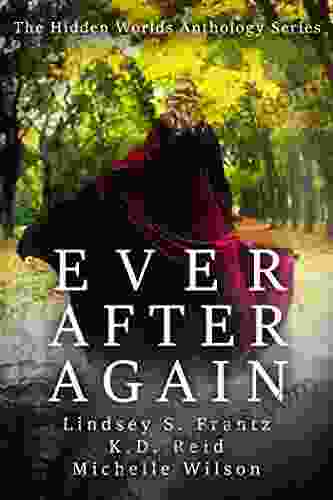
 Colin RichardsonEver After Again: Hidden Worlds Unveil an Epic Tale of Magic and Adventure
Colin RichardsonEver After Again: Hidden Worlds Unveil an Epic Tale of Magic and Adventure Jorge AmadoFollow ·12.2k
Jorge AmadoFollow ·12.2k Jacob HayesFollow ·19.5k
Jacob HayesFollow ·19.5k Branden SimmonsFollow ·8.6k
Branden SimmonsFollow ·8.6k Ivan CoxFollow ·18.4k
Ivan CoxFollow ·18.4k Seth HayesFollow ·9.2k
Seth HayesFollow ·9.2k Ray BlairFollow ·18.6k
Ray BlairFollow ·18.6k W.H. AudenFollow ·4.6k
W.H. AudenFollow ·4.6k Ed CooperFollow ·2.9k
Ed CooperFollow ·2.9k
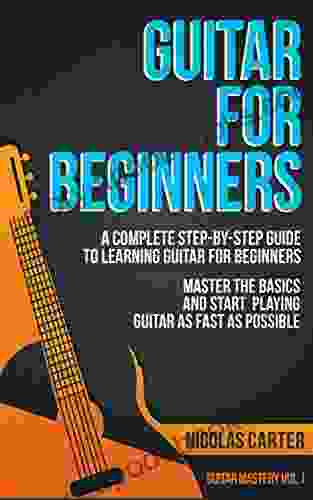
 Jorge Luis Borges
Jorge Luis BorgesUnlock Your Inner Musician: The Ultimate Guide to...
Embark on a Musical...

 Carlos Drummond
Carlos DrummondQuick Reference Guide To Percussion Instruments And How...
Unleash your inner rhythm with...
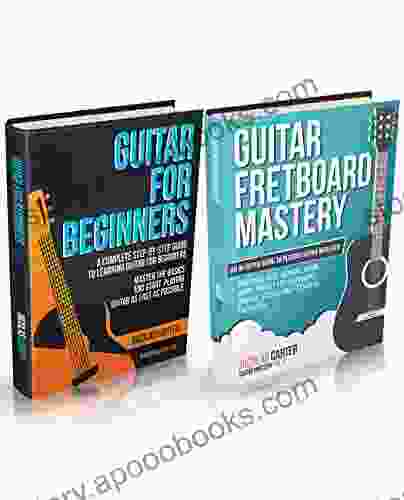
 Roberto Bolaño
Roberto BolañoUnlock Your Guitar Potential: The Ultimate Guitar Mastery...
Are you ready...

 Fred Foster
Fred FosterLooking for Lady Dee: A Punk Rock Mystery
By [Author's Name] Looking for Lady Dee is...
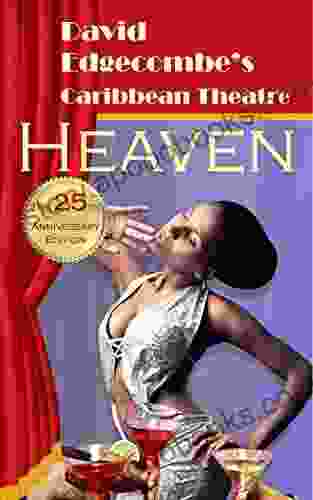
 Jacques Bell
Jacques BellJourney into the Mystical Realm of "Heaven Polly Alice...
In the tapestry of literature, where...
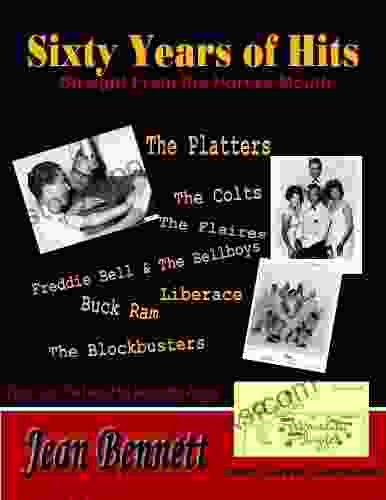
 Julio Ramón Ribeyro
Julio Ramón RibeyroSixty Years of Hits: A Musical Journey Through Time
Music has the...
5 out of 5
| Language | : | English |
| File size | : | 4174 KB |
| Text-to-Speech | : | Enabled |
| Screen Reader | : | Supported |
| Enhanced typesetting | : | Enabled |
| Print length | : | 254 pages |
| Lending | : | Enabled |


